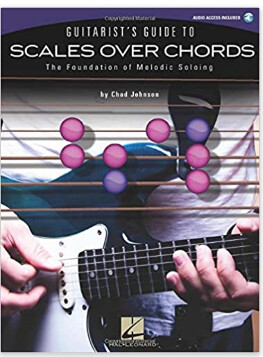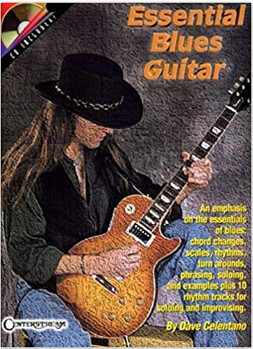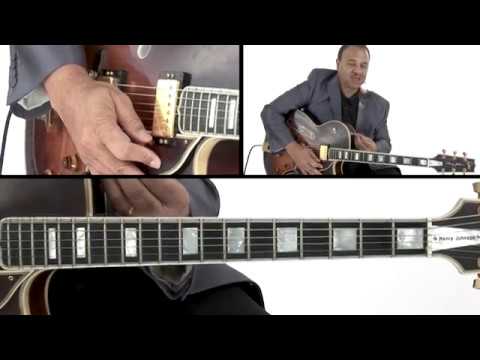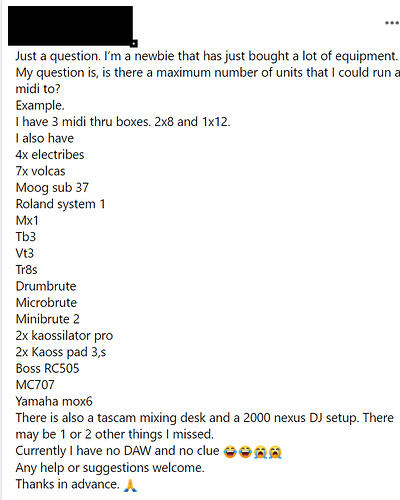Play music, not exercises. My advice is if you already know scales, modes, and harmony, forget books and learn real solos that you like. If you don’t want to think too much it still works because you can just memorize, and doing that a lot will give you more feel for how to actually play music than practicing exercises.
There’s also the CAGED system that people are big on now but I think that has more to do with visualizing the fretboard and “seeing” scales and chords connecting. IIRC it sort of stems from a cult classic book called Fretboard Logic but I don’t remember too much about it.
Maybe I’m a total weirdo in this regard, love listening to solos obv, but I’ve never had a strong interest in learning many, and when I do learn some, I have gaps when I don’t play much and I forget completely how to play them. I tend to practice/remember techniques, some licks and phrases here and there that make it into my playing, but beyond that I’m noodling/playing over backing tracks.
I’ve tried CAGED, it’s not too bad, most of the tuts on youtube I’m burned out on going through content I already ~mostly know.
Came across this, closest to what I had in mind, although I’m sure the books linked to contain some of this.
Still too much emphasis on technique, and don’t get me wrong, I’d benefit from going through it, but I’m comfortable enough with my sloppy ass picking skills and faux speed that I’m more interested in stuff like: here, practice these triads and their inversions in this order, ok done with that? practice these arpeggios in this order, etc… Anyway, end of derail. Thanks, I’ll check out some of the stuff linked here.
The Beato book interests me, slightly pricey, but I watched a review of it that said there’s no tabs which would be a struggle.
This is a book I got a few years ago that is theory focused with lots of examples. You’ll never guess what I typed into the search menu to find it  . I didn’t dig too deep into it because I only play solo fingerstyle acoustic now, so no backing chords:
. I didn’t dig too deep into it because I only play solo fingerstyle acoustic now, so no backing chords:

In the past, I got pure theory focused books like Fretboard Logic SE that I now find mostly useless with the internet. Recently, I’ve copied out the harmonic minor scale in D, because the scale diagrams suck in the book. Then I can play in dropped D with an alternating D bass and play weird D harmonic minor passages. Great fun.
When I was an aspiring electric blues guitarist, I found this book taught me the most. The solos it teaches really honed my chops back then. Not really explaining the theory, just saying what scales and boxes work best over the backing tracks. It teaches a solo then it plays without the solo so you can just improvise. I can still play passages from “Rainy Jazz Blues” which is kind of a rip off of “Since I’ve been Lovin You” by Zeppelin.

What gave you the impression you were worthy enough to gaze upon the covers of the ancient tomes of the holy monks of rock?
Lesson 1: Take off that silly ass hat.
And return it to Stevie Ray’s grave.
Thanks for refreshing the thread. I’m looking to buy an electronic drum kit. Budget isn’t huge. Probably $1500. Obviously I’ve done online research and watched YouTube vids, but I was wondering if anyone has personal experience with a kit like I’m talking about.
Probably the Roland or Alesis sets in that range. I have a Pintech set with Roland TD-17 module. The owner is kind of a douche though so not sure about customer support. Haven’t had any issues now but he was reluctant to send me new mesh heads when the ones shipped had little tears in them and contacted me right away after the sale but then didn’t ship for at least a week or more. I fell like it was 2+ weeks though. They get really good reviews online but I’m reluctant to recommend for those reasons right now.
Don’t play guitar but this was cool to see to program it or something.
This dude below does awesome breakdowns of songs. Some of you might enjoy him. I enjoy his breakdowns as a drummer.
The EQ changes a lot from gauge to gauge. The lighter gauges definitely track better to my ears, at least for their setup (ffs that’s like an entire rack of Neves).
Were either of those videos useful to you or is it below your skill level. Not talking about if you like the music in general. Drummers don’t break down things that far so it’s mostly just “shuffle” “half
Time” etc.
Haven’t watched yet tbh.
First guy seems like a beginner? Second guy can play, I just don’t have time to go through entire video right now. Are there any certain parts of it that you liked? Beato’s breakdowns of the Spotify top 10 are good.
First guy is probably not that great but it’s a great song. I just enjoy the breakdowns the 2nd dude does. It would take me a long time to analyze them the way he breaks down songs I like. I should really get to a basic level of proficiency at guitar tbh. Will check out Beato. I see he’s on Youtube.
Guitarix 2 for Linux got an update in December. This is supposed to be the big change:
For this release Damien Zammit from ZamAudio has reworked our tube emulation. This improved beside the overall sound, the dynamic responses of the different tube simulations.
I had to build it from binaries and it was a major pain in the ass. It’s running now and so far I am blown away by the tube simulation. I’m talking about vintage style amps like tweed Fenders, not high-gain modern amps. I’m not sure if I can fully describe it to non-guitarists or even ones that haven’t played them before. The sound is very musical: liquidy, glassy, saturated, punchy.
There’s another huge aspect of tube amps though which is the feel and feedback they provide. When driven, these amps are incredibly responsive to touch and the notes seem to leap off the fretboard. Anti-digital bros love to hype vintage analog and claim that you can’t capture FEEL with a simulated circuit. LOL them. Not only can it be done, but it can be done for free. I’ll post some clips when I get a chance.
Sometimes I regret ever finding out how incredibly versatile my AC30 could be with the master volume cranked all or most of the way up. Roll volume knob back on the guitar and you get any degree of dirty clean all the way to clean clean you want and you get to keep the fullness and power and responsiveness of a cranked amp.
But you can’t play it like that at a show because unless you’re an actual rock star it’s too damn loud for anywhere.
ETA: This software you’re describing, if it’s that good I wonder if a guy could use it in a live band setting. I’ve tried multiple attenuators and low-watt amps and I’ve never found a way to get the sound I’m looking for at a volume suitable for a bar gig.
This is the problem with most tube amps unless they have an amazing master volume. I had a boutique JTM 45 clone that was switchable down to 3 watts. That’s still over 100 dB through a 1x12 wide open.
That said, there are low-powered amps that hit the sweet spot before insane volume. For example, I’d love to have a 5F1/2 or 5E3 style-amp for live jazz/blues/fusion, and the reason I’d prefer it over software is simplicity and practicality. They are also good pedal platforms like your AC30. In fact, I’d be afraid to use computer software live because general purpose operating systems aren’t designed for that–they’re doing a lot of other stuff that’s unrelated and sometimes in conflict with audio. Instead, I’d chose a proven performance platform like the Kemper, Axe FX, Helix, etc., that are dedicated guitar amp simulators. With those, however, the best setup is straight into the board and out through the PA. If it’s a tiny bar gig with no PA, you’d have to figure out a power amp + speaker setup which is more $$$ on top of an already expensive solution.
The real advantage of traditional computer software is recording. You’d need to own tens of thousands of dollars worth of gear to even come close to the palette of tones you can get just from freeware. Mic’ing amps is an entire art/science unto itself with more spendy gear in the chain. Don’t have to worry about treated rooms or getting evicted. Finally, an under-appreciated advantage is you can do things in software that you wouldn’t normally try or may not even be possible with real gear. I’m pretty sure that’s how these metal guys figured out how to run a bunch of noise gates and filters.




